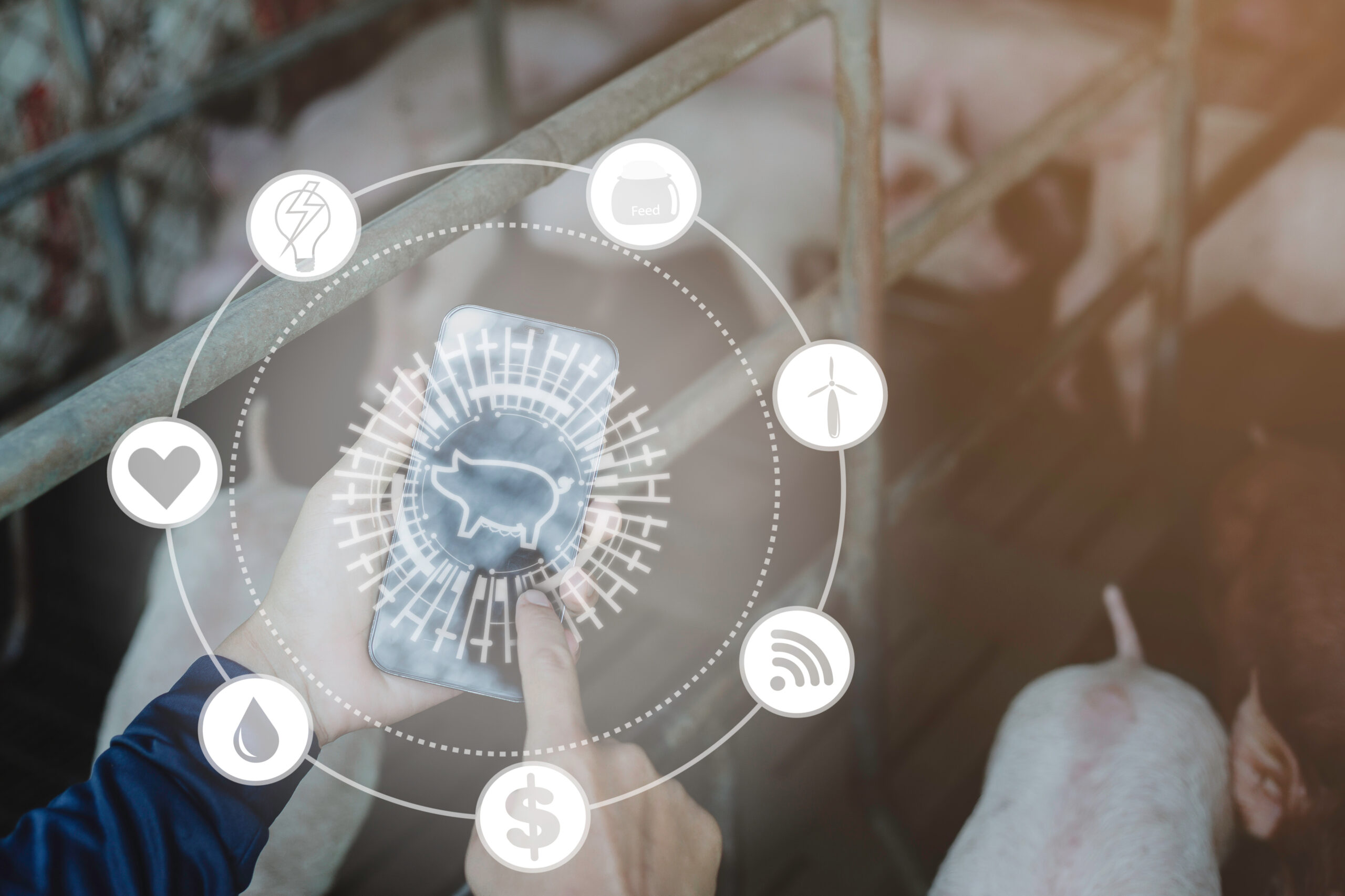14 May 2025

With Australia warned that global warming will damage its ecosystems, conservationists are turning to artificial intelligence to protect our nation’s animals.
With Australia warned that global warming will damage its ecosystems, conservationists are turning to artificial intelligence to protect our nation’s animals.
A new report from the Intergovernmental Panel on Climate Change (IPCC) found current emissions reduction initiatives around the world are insufficient to keep global warming below 1.5C – the target set under the Paris Climate Agreement.
Instead, the current trajectory will see global temperatures rise by 2C, with catastrophic outcomes for Australia’s ecosystems.
In particular, the IPCC warned Australia’s coral reefs and associated ecosystems and alpine biodiversity will be badly affected by rising temperatures.
“Climate trends and extreme events have combined with exposure and vulnerabilities to cause major impacts for many natural systems, with some experiencing or at risk of irreversible change in Australia and in New Zealand,” the report noted.
The IPCC cited the Bramble Cay melomys – an Australian rodent officially declared extinct by the Federal Government in 2019 – as an example of how changing environmental conditions are hurting the nation’s fauna.
The small animal, which lived exclusively on a small sandy island to the north of the Great Barrier Reef, was the first mammal to be killed off by anthropogenic climate change.
Conservationists using data and tech to fight back
As the risks to wildlife increase, conservation efforts are turning to higher-tech solutions to track and protect native animals.
Many groups are now enlisting the assistance of artificial intelligence to aid them in their work, using complex algorithms to identify rare species by sight or sound by filtering through hours of field recordings, reducing the time and labour traditionally spent on this work.
In Australia, such a program was set up to identify and count koala populations in the wake of the deadly bushfires that raged across the nation in the 2019/20 summer.
Specialised camera traps are also being introduced to help researchers keep tabs on animal movements and behaviours, with Tasmanian biologists setting up one of the largest camera networks in the world.
The network – made up of more than 1300 cameras in 600 sites across the state – has already taken over three-quarters of a million photos, and provided researchers with a new level of insight into how animal populations are faring in the southernmost state.
Elsewhere in the world, AI-enabled cameras are being used to stop poachers and measure water loss – however, the use of this technology is not without its own set of challenges.
Wildlabs, an industry forum focused on conservation technology, noted the cost of these systems can be prohibitive, while ease of use and a lack of available support presented other barriers to entry.
“Despite the many positive trends, recurring issues were also reported to hamper conservation technologies’ utility in practice,” Wildlabs’ State of Conservation Technology 2021 report found.
“Many tools were said to struggle with reliability and performance in challenging conditions, some were viewed as being still largely inaccessible to the conservationists that need them most, and others had limitations in analytics and reporting functionality, as well as limited power and data storage capacity.”
Even so, the market for AI-enabled surveillance equipment is continuing to gather pace, with recent forecasts anticipating the market will grow from US$4.96 billion in 2018 to US$21.58 billion by 2025 – a compound annual growth rate of 23.8%.
Sources
- IPCC, Climate Change Impacts and Risks
- The Guardian, Five ways AI is saving wildlife – from counting chimps to locating whales
- ABC News, Wildlife cameras help researchers understand Tasmania’s native wildlife and feral species
- ABC News, An Australian rodent has become the first climate change mammal extinction
- The Conversation, New IPCC report shows Australia is at real risk from climate change, with impacts worsening, future risks high, and wide-ranging adaptation needed
- WildLabs.Net, The State of Conservation Technology
- Global News Wire, AI Camera Market is Expected to Reach USD 21.58 Billion by 2025 at 23.8% CAGR – Report by Market Research Future (MRFR)


